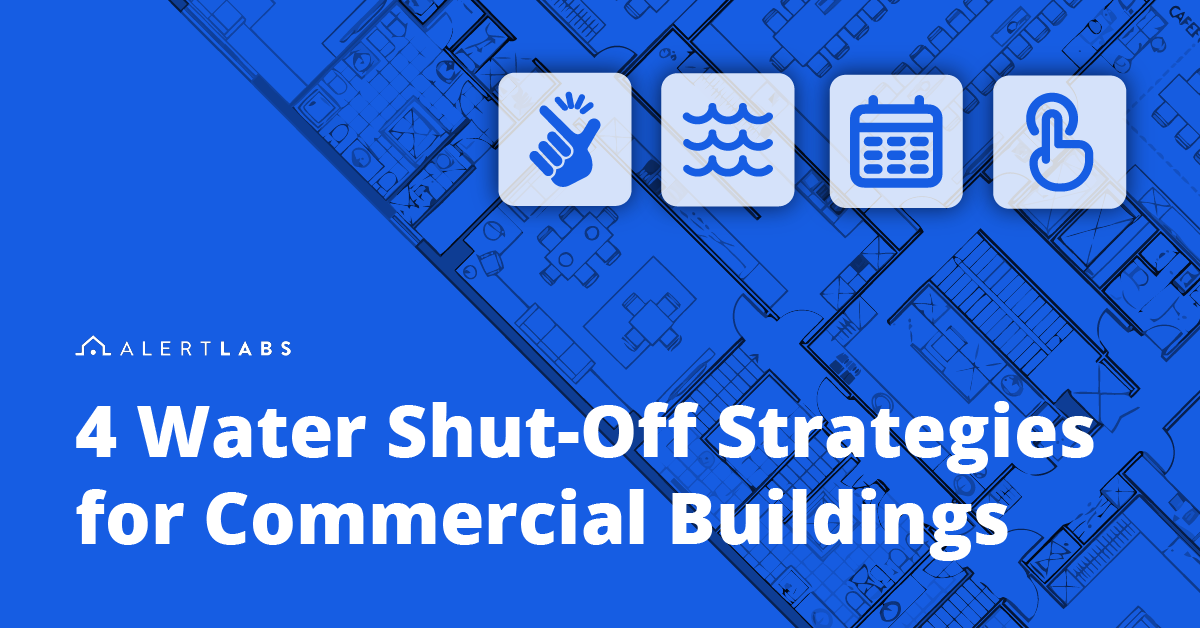High water bills lowering NOI?

How can you avoid high water bills at multi-family housing?
Water bills don't get the attention they deserve at multi-family properties. Most water bills are paid without questioning where the charges come from. But, how do you know if an apartment building has undetected leaks that lead to high water costs?
Water usage can now be tracked remotely in real-time using the AlertAQ™ Water Intelligence Platform which should be part of a strategy to reduce operating costs, minimize property damage and boost NOI.
Toilets are the main cause of high water bills
A leaky toilet may not sound like a big problem, but in New York City one medium toilet leak would cost an extra $1,240 per year. Ten leaky toilets at one apartment building could mean wasting more than $12,000 every year. Multiply these leaks across your building portfolio and your NOI takes a serious hit. Leaky toilets and other wasteful plumbing fixtures or water using systems can be detected with smart leak and flood solutions.
Detect abnormal water use to lower bills
Management teams can avoid costly surprises by familiarizing themselves with the unique water-use profiles of their properties. Real-time water usage data helps establish a baseline of normal water use. Managers can then more easily identify deviations from the norm and reduce water bills.

For example, tenants could typically use 2,000 gallons of water from 7 a.m. to 8 a.m. during the week but not on weekends. A manager would want to investigate if this same volume of water was being used at 7 a.m. on a Sunday. Similarly, if a property is supposed to be vacant, there should be no water consumption. Water use at a vacant or unoccupied building could indicate a flood or leak.
Smart leak and flood sensors catch unusual water consumption giving operations teams insights into water use. A historical record of water consumption and leak incidents can be viewed on a dashboard. Cooling towers that use an abnormally high volume of water can be detected and readjusted to use water more efficiently, for example.
Boost NOI
By detecting and identifying water-related problems when they happen, immediate steps can be taken to maximize operational efficiencies and reduce wasted water before it shows up on utility bills.




